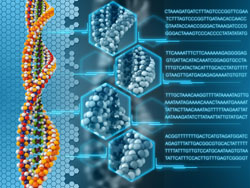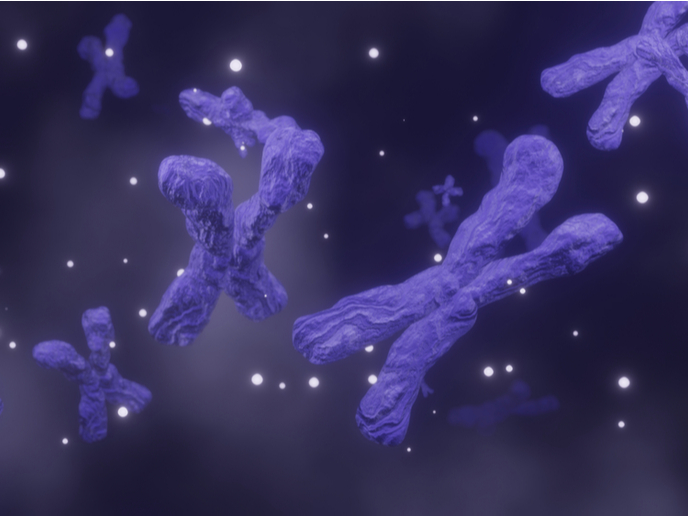Genetic variability shapes oxidative stress response
Oxidative stress is caused by an excess of reactive oxygen species (ROS), which essentially induce damage to DNA and other cellular components. ROS are generated as metabolic by-products of aerobically growing cells and after exposure to environmental agents such as ultraviolet (UV) radiation. The generation of antioxidant responses is central to the cell's viability and response impairment in humans is responsible for ageing, cancer, atherosclerosis, Alzheimer's disease and Parkinson's disease. Accumulating evidence indicates that the response to oxidative stress is mediated through activation of a mitogen-activated protein kinase (MAPK) cascade, through expression of survival genes by the AP1-like transcription factor Pap1, and additionally in yeast through the action of the Prr1 regulator. Understanding the mechanisms involved in the regulation of oxidative stress was the subject of the EU-funded PHENOXIGEN project. To this end, the consortium used fission yeast as a model organism and aimed to associate genetic factors to phenotype. Alongside a detailed description of the cellular stress response, partners addressed fundamental biological questions regarding the natural genetic variability that affects the oxidative stress response. Given the established complexity of regulatory networks, the consortium undertook a genome-wide association analysis of specific molecular and cellular traits. Scientists monitored the ability of over 170 genetically diverse yeast strains to respond to oxidative stress through continuous growth assays and measurement of various molecular properties, including RNA and protein expression. Mapping of these traits onto the yeast genome by quantitative trait locus (QTL) analysis revealed a hotspot region of 713 genes implicated in the response to oxidative stress. The PHENOXIGEN consortium generated important insight into the role of genetic variability in shaping cellular responses to oxidative stress. This knowledge, coupled with the identification of regulatory networks implicated in the eukaryotic stress response, may be exploited to understand the nature of various complex diseases.







